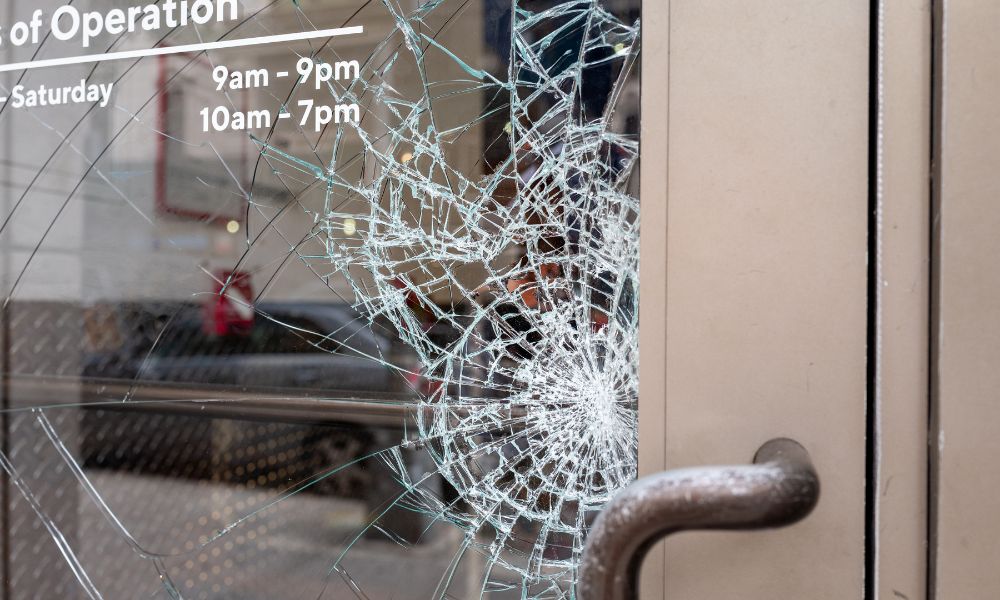
Vandalism is a nightmare for small business owners and property managers, often resulting in unexpected repair costs and interruptions to daily operations. Protecting your business from vandalism is crucial to maintaining your reputation and ensuring a safe environment for employees and customers. Below, we’re discussing how to deal with vandalism at your business and outlining a few strategies to improve security and ward off costly risks.
Understand the Financial Woes of Vandalism
The risks associated with poor security at your business can lead to significant financial setbacks. Vandalism often means having to cover costly repairs, which can eat into your profits.
Beyond direct costs, there’s also the potential for lost revenue if vandalism forces you to close temporarily. In today’s competitive market, even a short downtime is detrimental to your business. Recognizing these risks underscores the need for a solid security plan.
Effect on Reputation and Employee Morale
Vandalism doesn’t just hit your pocketbook; it affects how people perceive your business. Customers might question the safety of visiting if vandalism becomes a frequent issue. This perception can also lead to a decline in foot traffic and hinder your bottom line.
Additionally, employees might feel demoralized or unsafe in a workplace that appears vulnerable to vandalism. A strong strategy to prevent vandalism can help you maintain a positive reputation and boost employee confidence.
Early Detection Is Key
Catching acts of vandalism early can significantly reduce their impact. Installing security cameras around your property can serve as both a deterrent and a tool for early detection.
Regular property inspections can also identify potential vulnerabilities before they’re exploited. These measures help you catch damage quickly and take the most appropriate action before the situation worsens.
Craft a Solid Response Plan

Having a response plan in place is vital for dealing with vandalism efficiently. Upon discovering an act of vandalism, immediately contact law enforcement, as they can help investigate and potentially prevent future incidents.
Filing insurance claims promptly can also aid in recovering some of the financial losses. A clear, well-communicated response plan helps everyone understand their role in dealing with vandalism, further reducing chaos and confusion.
Improve Your Business’s Security
Improving your security protocols can significantly reduce the likelihood of becoming a vandalism target. Adequate lighting around your premises can deter potential vandals, while fencing can act as a physical barrier.
Consequently, alarm systems can alert you and authorities to any breaches. Placing security signs prominently can also warn vandals that your property is under surveillance. These measures make your business a less appealing target.
The Role of Community Engagement
Engaging with your local community is a powerful tool in combating vandalism. Collaborating with local authorities can help create initiatives that focus on improving neighborhood safety.
Community groups often have insights into local issues and can offer support and resources. Building strong community ties helps in preventing vandalism and fosters a sense of collective responsibility and vigilance.
Proactively protecting your business from vandalism is critical for safeguarding your finances, reputation, and employee satisfaction. Implementing early detection systems, creating a comprehensive response plan, and engaging with your community are steps every business owner should consider. Keep your business safe and deal with vandalism early before it becomes a costly issue.




